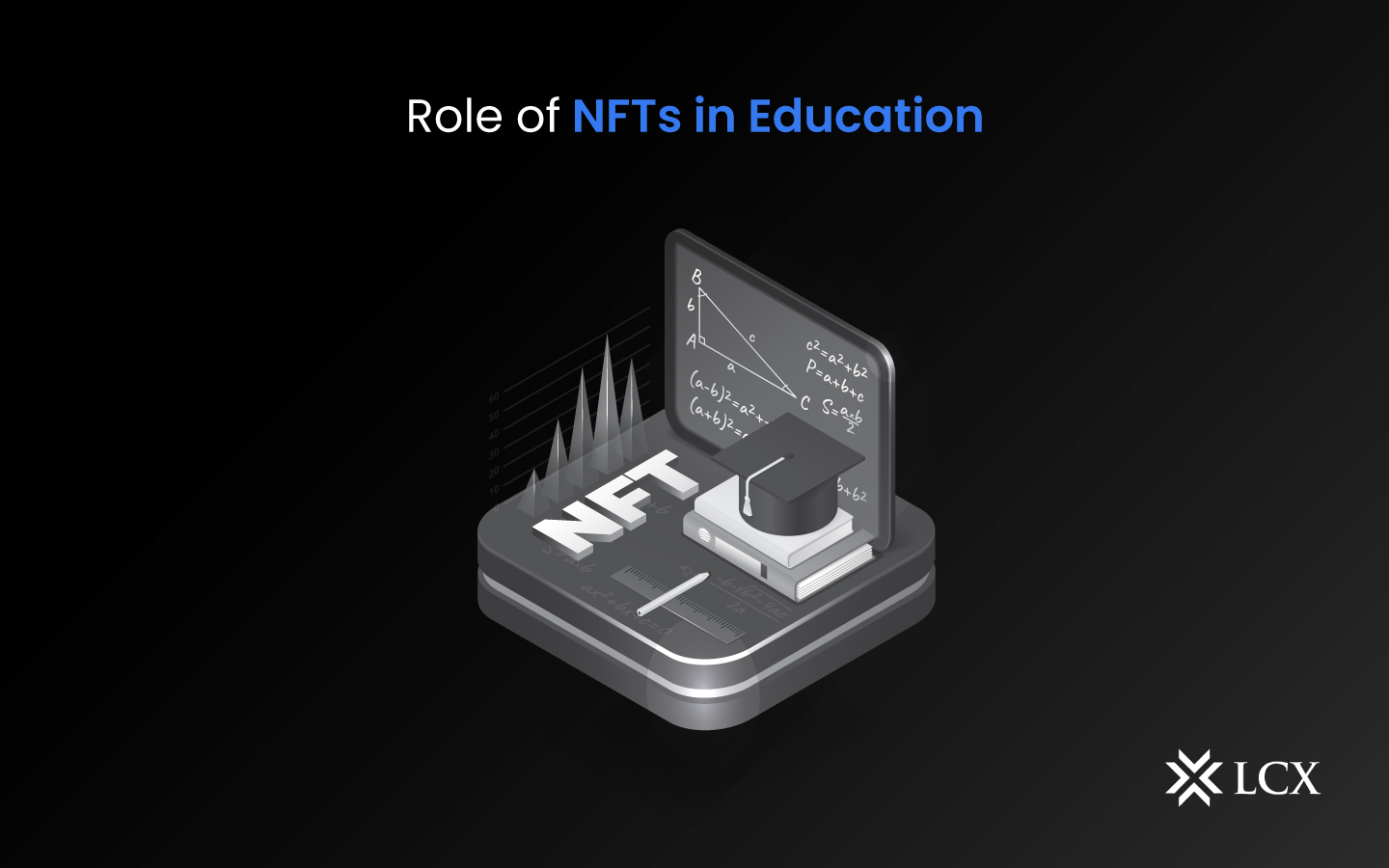NFTs are revolutionizing numerous industries, including education. These tokens are uniquely classified as digital assets that may be employed to indicate ownership or legitimacy of digital learning. NFTs in education are still in their development stages, but they have the potential to change how individuals approach learning, education, and certifications in the digital age.
The education domain is in an ongoing process of development, and the discovery of NFTs has revolutionized the way people learn and teach. NFTs have altered the education landscape by digitizing educational certificates and creating immersive educational experiences, respectively.
NFTs in Education
NFTs are a form of digital asset that employs blockchain technology to validate their distinctive characteristics and ownership. An NFT is a digital ownership certificate that validates the reliability and authenticity of a digital asset. This trend is now starting to affect the world of education and learning, in which NFTs are increasingly being used to confirm and display students’ academic accomplishments.
NFTs are adaptable and applicable to a wide variety of use cases because they are capable of representing anything from digital artwork to academic transcripts.
How Are NFTs Applied In Education?
In education, NFTs can be used to validate the proprietorship and legitimacy of digital documents, diplomas, and various other academic accomplishments. In addition, they can be used to construct digital portfolios showcasing the skills and accomplishments of students, as well as customized educational opportunities tailored to each student’s preferences and requirements.
Moreover, NFTs can be used to construct small-scale credentials that represent particular abilities or areas of expertise, thereby making it simpler for students to exhibit their understanding of a specific subject.
In education, NFTs are utilized in a variety of ways, including the following.
Digital Certificates
NFTs can be utilized to digitize educational certificates, thereby rendering them tamper-proof and readily distributable. This may eradicate the necessity for physical certifications, lower the possibility of fraud, and make it simpler for employers to validate a candidate’s qualifications.
Interactive Education
NFTs are capable of helping create interactive, engaging, and immersive digital learning environments. A student could, for instance, employ an NFT to enter a virtual-reality environment in which they could practice their ability to speak or investigate a historical site.
Scholarships And Entitlements
Universities can also use NFTs for utility purposes; for instance, a university could provide NFTs that include entitlements such as a free online course, event tickets, access to resources, tutoring sessions, etc.
The NFTs can also be related to options regarding scholarship and discount opportunities. Therefore, purchasing university-based tokens could contribute them to a scholarship pool.
Fundraising
NFTs can be used to fundraise for colleges and universities or particular initiatives. To raise money, a school might, for instance, produce an NFT depicting a student’s work and auction it off.
Collectibles
NFTs can be utilized to produce collectibles representing accomplishments or milestones. For instance, a student might get an NFT for passing a course or earning a specific grade.
Advantages of NFTs in Education
NFTs provide a number of advantages to students and educators, including:
- NFTs are counterfeit-proof and cannot be duplicated, ensuring the security of educational certificates and other essential paperwork.
- NFTs can be used to create dynamic educational settings that are immersive and engaging for students.
- By streamlining the credential verification process, NFTs help reduce the likelihood of fraud on the part of recruiting organizations.
- NFTs may represent everything from educational certificates to collectibles, making them adaptable and relevant to a broad array of use cases.
Future of NFTs in Education
Regardless of these obstacles, the future of NFTs in education is bright. As technological advances become increasingly prevalent and accessible, we can anticipate that an increasing number of educational institutions will adopt NFTs. Future applications of NFTs in education may include the following:
Personalized Learning:
NFTs can be used to create personalized digital learning experiences catered to the requirements and interests of individual students.
Digital portfolios:
NFTs can be used to create digital portfolios that highlight students’ abilities and accomplishments, making it simpler for them to demonstrate their skills to prospective employers.
Micro-credentials:
NFTs may be used to create micro-credentials that reflect specific skills or knowledge areas, making it simpler for students to demonstrate their subject-matter expertise.
Decentralized learning:
NFTs can be used to establish decentralized learning environments that are not tied to a specific institution or organization, allowing learners access to educational materials from any location around the world.
Final Thoughts
NFTs in education offer numerous advantages, including security, interactivity, verification, and flexibility. Even though there are challenges to integrating NFTs into classrooms, the possibilities for this technology are exciting.
As technology becomes more pervasive and accessible, we can anticipate that an increasing number of educational institutions will employ NFTs in order to improve the digital learning experience and train students for the world of the internet.









